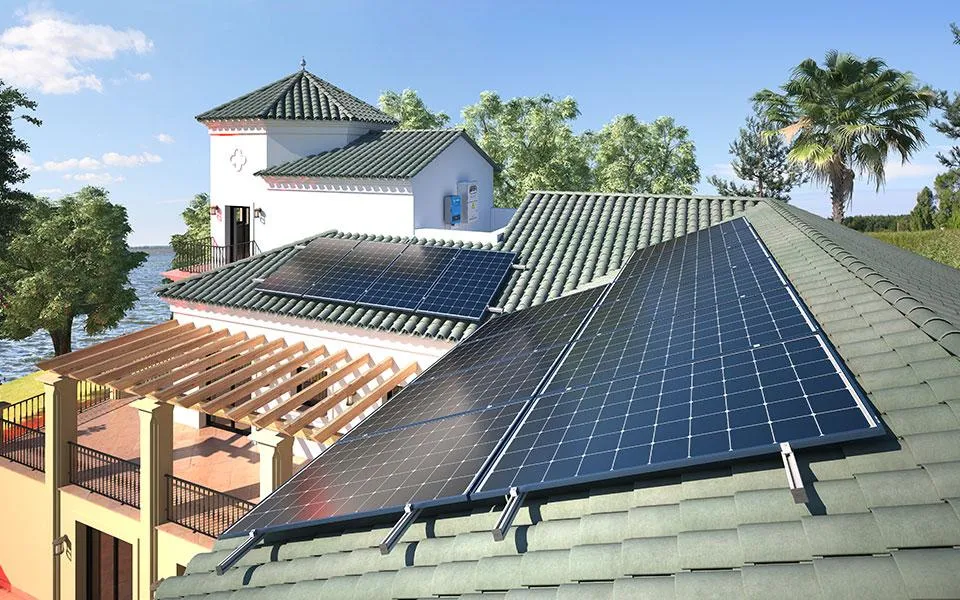mono bifacial solar panel
Understanding Mono Bifacial Solar Panels A Leap Towards Efficient Energy Solutions
As the world grapples with the pressing challenges of climate change and the need for sustainable energy solutions, solar power has emerged as a key player in the transition toward renewable energy. Among the technological advancements in solar energy, mono bifacial solar panels stand out for their unique design and efficiency. This article delves into what mono bifacial solar panels are, their advantages, applications, and the future they hold in the renewable energy landscape.
What Are Mono Bifacial Solar Panels?
Mono bifacial solar panels are a type of photovoltaic (PV) panel made from monocrystalline silicon, which is known for its high efficiency in converting sunlight into electricity. The term bifacial refers to the dual-sided nature of these panels, allowing them to capture sunlight from both the front and back sides. This is in contrast to traditional solar panels, which only harness sunlight from one surface.
Advantages of Mono Bifacial Solar Panels
1. Increased Energy Harvesting One of the primary benefits of mono bifacial solar panels is their ability to produce more electricity compared to their mono-facial counterparts. The rear side of bifacial panels captures reflected sunlight, increasing overall energy yield, especially in installations where the ground surface is highly reflective, such as gravel, snow, or white roofing materials.
2. Higher Efficiency With an efficiency rating of typically 15% to 20% more than traditional solar panels, mono bifacial panels significantly enhance energy generation. This means that fewer panels are needed to achieve the same power output, making them a valuable option for space-constrained installations.
3. Durability and Longevity Bifacial panels are designed to be more resilient to environmental factors. Their glass-on-glass construction not only provides protection against hail and heavy winds but also minimizes degradation over time. As a result, these panels can last longer than conventional options, often exceeding 30 years with proper maintenance.
4. Versatility in Applications Mono bifacial solar panels can be utilized in diverse settings, from residential rooftops to large-scale solar farms. Their dual-sided functionality makes them particularly advantageous in tracking systems where panels follow the sun’s movement, as they can maximize solar capture at all times of the day.
mono bifacial solar panel

Applications and Use Cases
The versatility of mono bifacial solar panels has led to their adoption in various projects globally. In utility-scale solar farms, where vast areas of land are available, these panels are often used to enhance energy production without requiring additional space. They are also finding their way into commercial rooftops and innovative urban installations, where maximizing energy output is crucial due to the limited space.
Furthermore, mono bifacial panels are ideal for agricultural settings, where they can be installed above crops in agrivoltaic systems. This approach not only produces clean energy but also provides shade for crops, potentially improving yields while conserving water and reducing heat stress.
Challenges and Future Outlook
While mono bifacial solar panels present numerous benefits, they also come with challenges. The initial investment is typically higher than standard solar panels, making cost a significant factor for many potential users. Additionally, installation requires careful consideration of tilt angles and spacing to maximize the benefits of rear-side illumination.
Despite these challenges, the long-term outlook for mono bifacial solar panels remains promising. As technology continues to advance and more manufacturers enter the market, prices are likely to decrease. Furthermore, as governments around the world prioritize renewable energy sources and offer incentives for their adoption, the market for bifacial technology is expected to expand significantly.
Conclusion
Mono bifacial solar panels represent a significant advancement in solar technology, delivering higher efficiencies and energy yields while contributing to the sustainability of our planet. As both residential and commercial energy consumers look for effective ways to reduce their carbon footprints, these innovative panels are poised to play a crucial role in the future of energy generation. Their unique capabilities not only push the boundaries of solar technology but also align with the global mission to transition toward a greener, cleaner energy landscape.
-
String Solar Inverter: The High-Efficiency Solution for Smart Solar EnergyNewsJul.14,2025
-
Revolutionizing Rooftop Energy with the Power of the Micro Solar InverterNewsJul.14,2025
-
Power Independence with Smart Off Grid Solar Inverter SolutionsNewsJul.14,2025
-
On Grid Solar Inverter: Powering the Future with Smart Grid IntegrationNewsJul.14,2025
-
Monocrystalline Solar Panels: High-Efficiency Power for the Future of Clean EnergyNewsJul.14,2025
-
Bifacial Solar Panel: A Smarter Investment for Next-Generation Energy SystemsNewsJul.14,2025







